Yaqan Nuki Peoples Heritage Centre
Yaqan Nuki People also known as Flatbow Kutenai have a Heritage Centre inside the Legend Logos building.
The Heritage Centre has been developed by contributions from people living here. Sturgeon nose canoes, a tulle tipi, fish traps, dance regalia, arrowheads, stone tools, stick game sets, buckskin, and historical documentation are on display. Guided tours through the Heritage Centre can be arranged.
Explore….experience…learn…. from the People.
Yaqan Nuki Heritage Centre is a community heritage museum where local people contributed to the written knowledge of the Yaqan Nuki Peoples. Historically an oral tradition, where knowledge has only been written down since the 1970s, the YN Heritage Centre houses a wealth of local memorabilia and history of the local Aboriginal People.
View the fish trap, buckskin dress and beadwork, the miniature tulle tipi, the unique sturgeon-nosed canoe….the legends outlined in the geography of the Creston Valley. Learn the stories behind the mural designed by community artists…
The YN Heritage Centre is located in the Legend Logos building and there is no charge to enter.
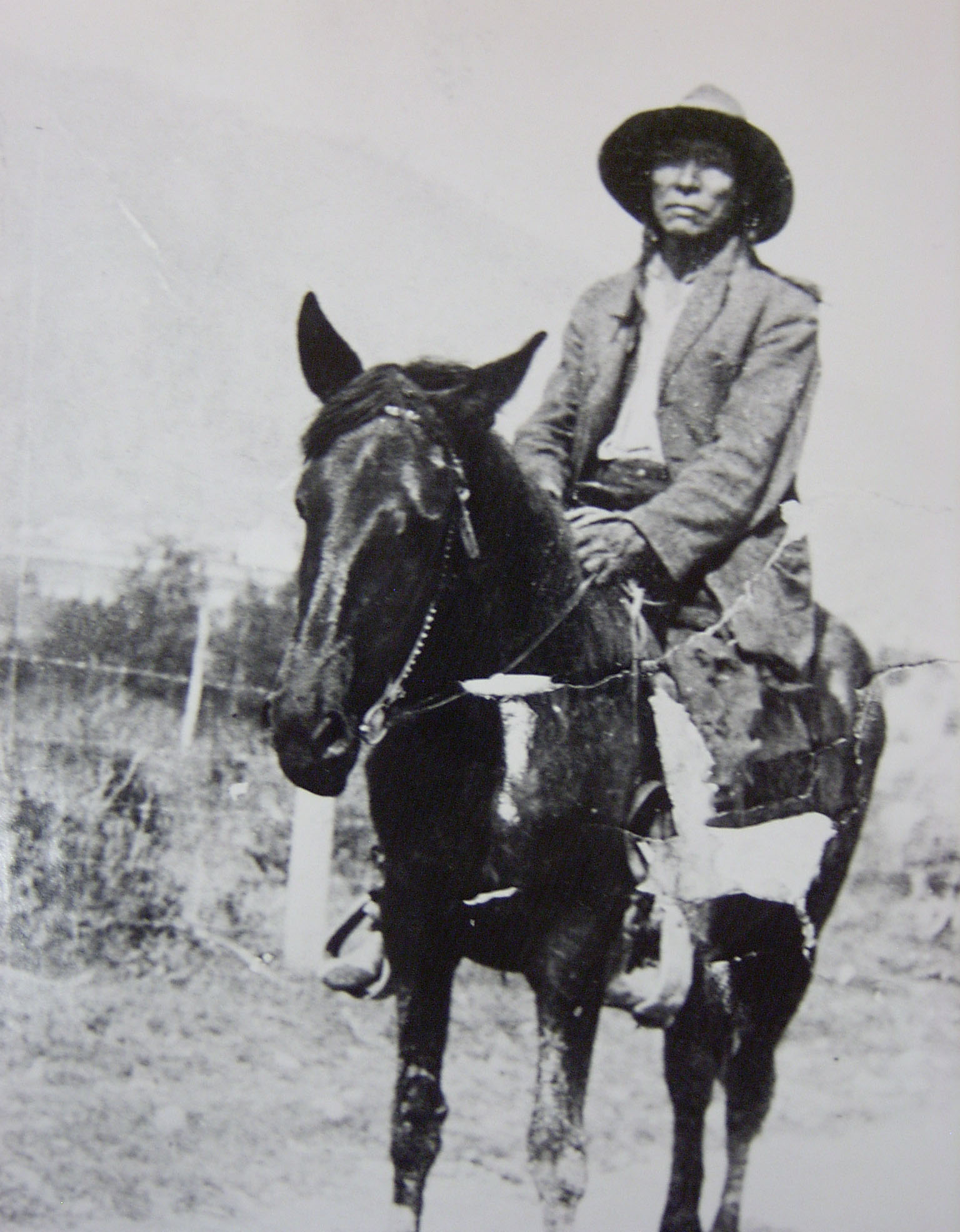
Voices of the Ancestors
Teachings of the Flatbow Kutenai: This video was released in 2021 and is the latest in the documentation of traditional knowledge of our People. Stay tuned for another video release at the end of 2021.
Seating is limited, so if you will be travelling, it is highly recommended that you book your seat. No charge to reserve; the video viewing is by donation on-site. After this event, there will be a per person fee to view the video.
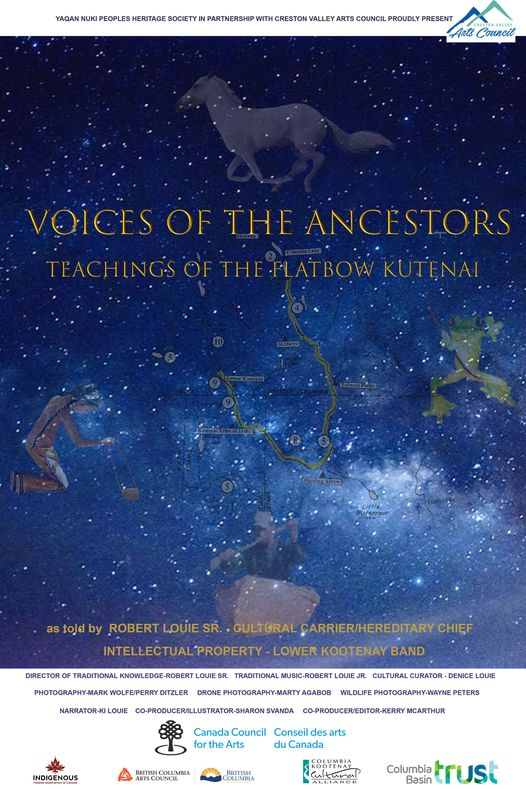
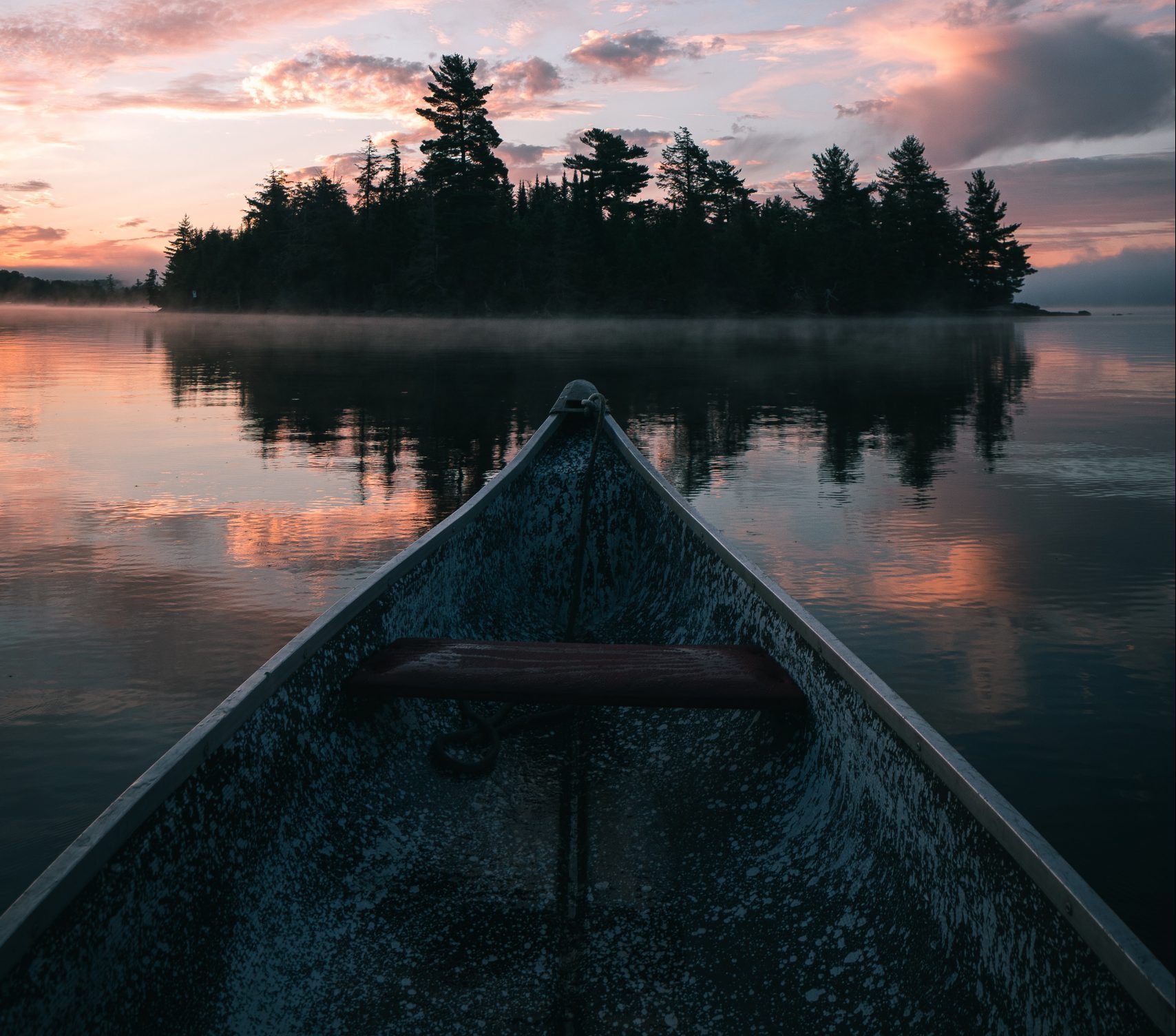
Yaqan Nukiy Heritage Centre will also be hosting an event at Legend Logos during the Columbia Basin Culture Tour on August 7 & 8 with drumming and dancing exhibitions and activities that share the local culture. Small groups will be able to watch locally made videos of canoe construction and the NEW video “Voices of the Ancestors – Teachings of the Flatbow Kutenai”.
This new video was initiated to document the legends of the Legend Lake Tours but has since developed into the first in a series of videos sharing the legends in a very dramatic, interesting way. Great for adults and kids to view.
History

A Kutenai Canoe – Frame of white cedar, cover of bark; average length about twelve feet.
Photo courtesy of National Museum of Canada.
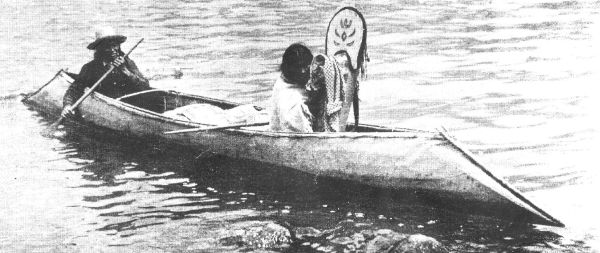
The Sturgeon-Nose Canoe (WiYA? ?A-K´UN YAqsu?mi?) has been with the Ktunaxa Nation since time immemorial. Before the white man, with their automobiles, these canoes were our vehicles.
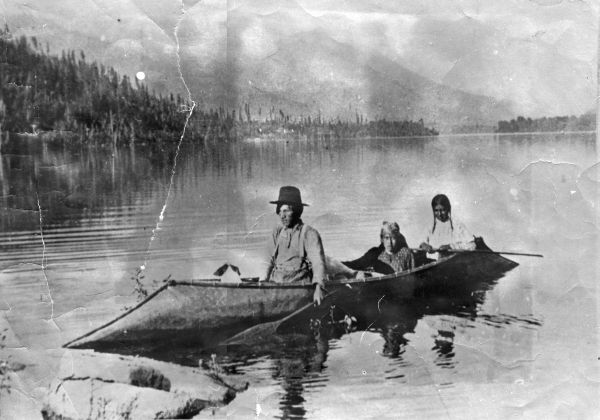
Isadore – a Kutenai Indian
We traveled the waterways and lakes, from village to village in these white pine bark canoes.
The design is distinctive to the Ktunaxa. The purpose of the design was for the nose to part and glide through the bull-rushes in the valley’s delta. It’s unique nose shape was derived from the sturgeon fish, commonly found in the Kutenai lake and river.
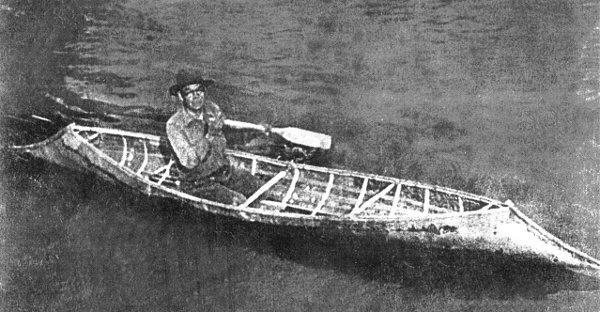
Frank Basil – Lower Kutenai


A Kutenai Indian “White Pine Bark” Canoe – the shape is peculiar to this tribe
We stored our blankets and utensils in the front of the canoe. The front and back were our trunks. The elders had a procedure when loading the canoe.
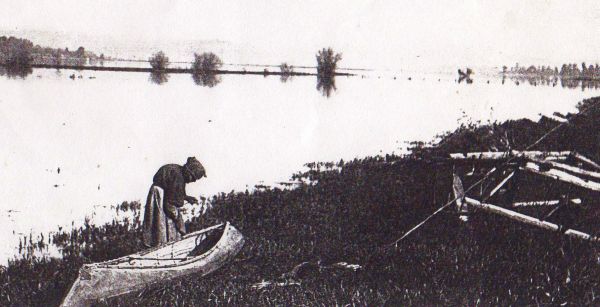
“Broken Back” (GE`YAK?it´) – female Kutenai Indian with Canoe
I personally, along with my family, grew up in the era where we still customarily used these canoes for harvesting Koot eggs, fishing, and trapping Muskrats.
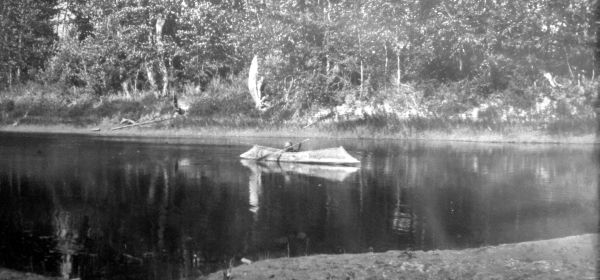
“Broken Back” (GE`YAK?it´) on the Kutenai River
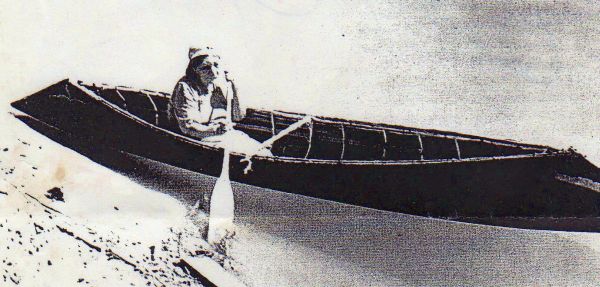
Marion Ernst in Canoe
With our grandmother, Marion Ernst, the elders told me, in the old days it wouldn’t take long to build one. There was a lot of family help. There were plenty of canoes, they were disposable.
Today, the construction of the Sturgeon-Nose Canoe is still alive in Lower Kutenai, with a few families building them. It’s in our blood!








